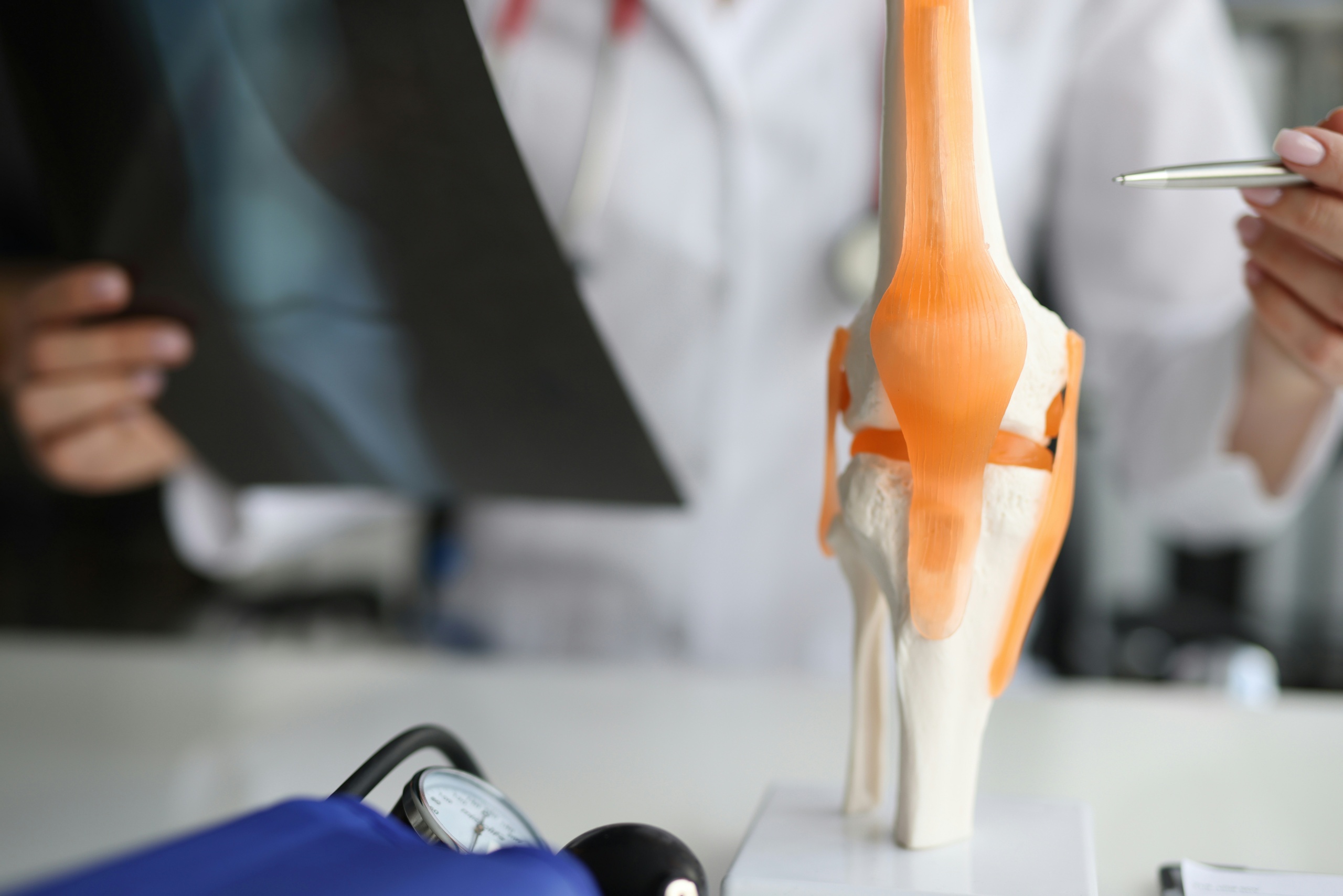The realm of joint replacement surgery has witnessed remarkable advancements over the past few decades, transforming the lives of millions who suffer from debilitating joint pain and immobility. In the United States, the annual figures for hip and knee replacements are a testament to the procedure’s success and necessity, with hundreds of thousands of surgeries performed each year. These numbers are expected to soar, highlighting the growing demand for innovative surgical solutions that can enhance the quality of life for patients worldwide. The success of joint replacements hinges not only on the surgical techniques and materials used but also on the comprehensive care that follows, including in-home care and holistic medicine approaches, which play a pivotal role in a patient’s recovery and long-term health.
The evolution of joint replacement surgery is a story of continuous improvement and innovation. From experimenting with various materials to adopting cutting-edge surgical techniques, the field has made leaps and bounds in ensuring that joint replacements are more durable, functional, and compatible with the human body. Today, the focus on materials like ceramics, metal, and high-density polyethylene reflects a deep understanding of the biomechanics of joints and the need for implants that can withstand the rigors of daily use. These advancements are not just about extending the lifespan of implants but also about enhancing the overall surgical outcomes for patients, making joint replacement a viable and successful option for those grappling with severe joint issues.
Technological and Material Innovations in Joint Replacements
The evolution of joint replacement surgery has been marked by significant advancements in both the materials used for implants and the surgical techniques employed. Initially, a variety of materials were experimented with, including precious metals, ivory, glass, Teflon, and various synthetic materials. Today, the focus has narrowed to ceramics, metal, and polyethylene, each chosen for its durability and compatibility with the human body. Innovations in material science have led to the development of high-density polyethylene for hip replacements, designed to reduce wear and tear and minimize debris formation. Similarly, advancements in knee and shoulder replacements focus on improving the longevity and functionality of implants through the use of advanced polyethylene and metal-on-plastic components.
The Role of In-Home Care in Recovery
Post-operative care is crucial for the success of joint replacement surgeries. In-home care services have become an integral part of the recovery process, offering personalized care tailored to the patient’s specific needs. These services include pain management, wound care, physical therapy, and assistance with daily activities, ensuring a safe and efficient recovery. In-home care professionals work closely with healthcare providers to implement a comprehensive care plan that promotes healing and mobility, reducing the risk of complications and readmissions.
Embracing Holistic Medicine for Joint Health
Holistic medicine offers a complementary approach to traditional medical treatments for joint replacement patients. This approach considers the whole person, including physical, emotional, and spiritual well-being, and emphasizes the body’s natural healing processes. Holistic therapies such as acupuncture, massage therapy, and herbal supplements can be integrated into the patient’s recovery plan to manage pain, reduce inflammation, and support overall health. Additionally, lifestyle modifications, including diet and exercise, play a critical role in maintaining joint health and preventing further degeneration.
The Future of Joint Replacements
The future of joint replacement surgery looks promising, with ongoing research and development focused on improving surgical outcomes and patient experiences. Innovations such as 3D printing and robotics are set to revolutionize the field, offering personalized implants and precision surgery. Furthermore, the integration of telehealth and remote monitoring technologies in post-operative care will enhance the accessibility and effectiveness of in-home care services.




